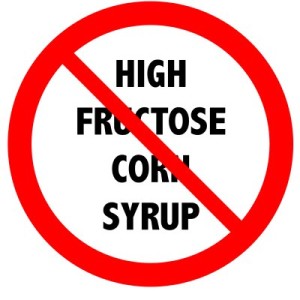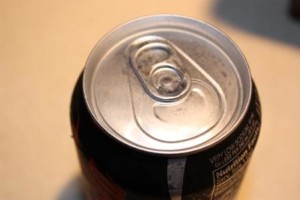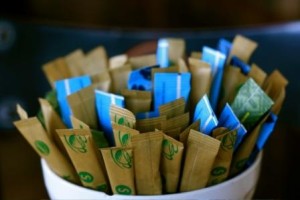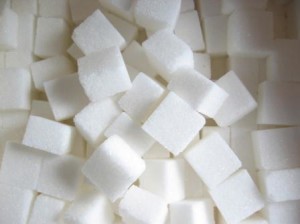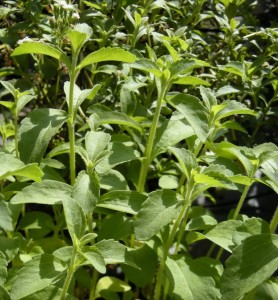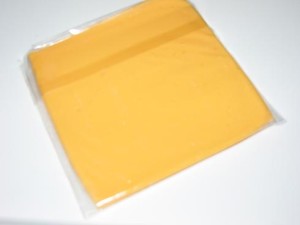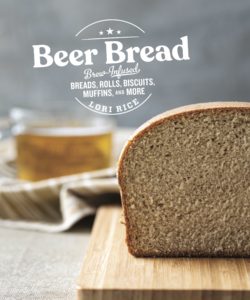A little over a year and a half ago, my family had a diet not unlike much of America. Though we thought a bit about our food, our diet was loaded with processed foods. I’ve done some pretty extreme diets before for my kiddos who each had major food intolerances as infants, but everyone could finally eat what they wanted…and we did. Then the background noise about HFCS finally sunk into my brain, and I started looking into this ingredient. I didn’t like the information that I found, and we decided to give up foods containing HFCS cold turkey. We’ve been on a food journey ever since, and we aren’t looking back!
What is HFCS?
How is HFCS different from sugar?
There is great debate over whether HFCS is actually any worse for you than sugar. Many assert that they are the same in your body – that sucrose breaks down into free fructose and glucose in our stomachs so fast as to render sucrose and HFCS indistinguishable. There are others that are very concerned about the free fructose present in HFCS and the implications of our bodies struggling to break down this sugar. Our bodies aren’t designed to handle large quantities of fructose. Fructose is processed differently than glucose – too much stresses the body and can result a slew of health problems, including high triglycerides, diabetes, and obesity. (Other factors can also contribute to these health problems, of course.)
I’ll be honest – I don’t know where I stand on this issue at the moment. I must admit, I am skeptical of the assertion that sucrose quickly becomes the same as HFCS in our stomachs. I’m skeptical because of my limited knowledge of how hard it is to break down sucrose into its component sugars industrially. Conversion of sucrose to invert sugar (a mixture of fructose and glucose and often residual sucrose) industrial is low – even under harsh conditions of high temperatures (much higher than our body’s temperature) and very acidic conditions. Maybe sucrose is just like HFCS in our bodies, but I’m not convinced. In the end, it really doesn’t matter as far as I’m concerned.
Why are we giving it up?
How has this small change affected our lives?
Giving up HFCS has had kind of a snowball effect on our diet. The simple act of giving up HFCS has forced us to consider the foods that we’re buying more carefully. We’ve since given up trans fat and are eating fewer processed foods. We eat meatless at least one day a week. And amazingly, it’s been a fairly painless transition! I find homemade or at least more acceptable processed foods to replace the HFCS or trans fat laden treats that my son sees his friends eating. Our diet is still evolving, but it’s going in the right direction. My kids are learning to accept healthier food, and hopefully our choices now will stick with them for the rest of their lives.
P.S. In case you are just stopping by, I’m in the process of moving back to the US and am currently on an extended trip in SE Asia. I have weekly guest posts lined up this month and will be stopping by with foodie pictures from our travels as time permits.
Photo courtesy of the guest author.

